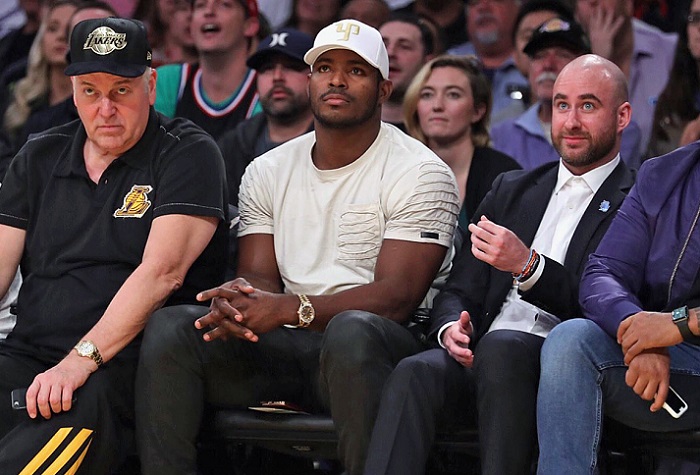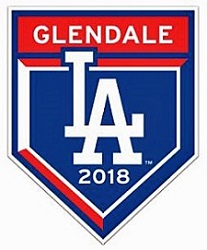Last January, the Major League Baseball Players Association (MLBPA) adopted several significant changes that go into effect beginning with Spring Training 2018. One such change has to do with spring training itself, more specifically, with the length of spring training.
Up to and including 2017, the voluntary reporting date for pitchers, catchers and injured players was 45 days prior to a teams’ scheduled Opening Day. This was reduced to 43 days by the MLBPA this past January. For position players, the number of days was reduced from 40 days prior to Opening Day to 38 day.
Although reducing the respective reporting dates by a mere two days may seem insignificant, it has been greatly appreciated and applauded by the players for one very big reason – they, just like their fans, want the new season to begin sooner – period.
To be brutally honest, a player who waits until spring training to begin getting into shape is already weeks (if not months) behind the power curve and will more than likely begin the season in the minor leagues … if they are even still on the team, that is.
Realistically, and you can bet the farm on this one, most MLB (and even MiLB) players begin preparing for the next season within two to three weeks after the final out of the World Series is recorded, and most certainly before the calendar flips over to the new year. As such, the old adage of showing up for training “in the best shape of my life” is no longer a cheap cliché but an absolute fact.

Two weeks into the off-season, Dodgers right fielder Yasiel Puig was spotted at a Lakers game at Staples Center. After being unjustifiably snubbed out of a Gold Glove by NL managers just last week, Puig pledged to Dodger fans that he will win one next season. As such, you can bet that his off-season workouts have already begun.
(Photo courtesy of LA Dodgers)
There is no disputing that attending Dodgers spring training at beautiful Camelback Ranch in Glendale, Arizona is an incredible and memorable experience for Dodger fans and their families, nor will you find a better opportunity to get autographs from your favorite players. But the cold, hard truth is that spring training games, although enormously important in determining Opening Day rosters, do not count towards making it to the postseason and hopefully the World Series. That being said, there is another change in the 2018 collective bargaining agreement that might.
Beginning on Opening Day 2018, teams will now play their 162 regular-season games over 187 days instead of the previous 183 days. MLBPA Assistant General Counsel Matt Nussbaum said the change was enacted to create more days off during the regular season “in a way that doesn’t just chew up off-season days.”
“We have heard for years and I’m sure we will continue to hear that spring training is too long, that guys are really ready to go well before opening day,” Nussbaum said. “But I think what the commissioner’s office would tell you is that there are big challenges for the clubs in substantially shortening spring training because they have various commitments to put on a certain number of games.”
But wait, there’s more!
Late arrival times by travelling teams ahead of regular-season road series were also addressed and changed. Beginning in 2018, the latest possible start time on getaway days for travelling teams with games the following day or following a home off day will now be calculated by subtracting the flight time of flights taking two and a half hours or longer from 7 p.m. local time where the games are to be played. Additionally, no game in the original schedule may be set for earlier than 5 p.m. when a team played the previous night in another city starting 7 p.m. or later.
There are exceptions involving flights of 90 minutes or less for home openers and holiday weekends. Current cutouts are carried over for up to six exceptions each season at Chicago’s Wrigley Field and rescheduled games involving flights of 90 minutes or less.
“We fully recognize that our players play a very demanding schedule, and we’re always looking for ways to ease the burden on players while at the same time scheduling games at a convenient time for our fans to watch them,” said MLB Chief Legal Officer Dan Halem.
One caveat to this is that Sunday night games on holiday weekends followed by afternoon games are still likely to occur.
“We have contracts with various national broadcast partners that limit our ability to schedule day games in certain instances,” Halem said.
Ah yes, the real reason for several of these changes rears its head – broadcast money.
Nussbaum said if MLB players had their way, there would be “a flat rule that says all getaway games are day games,” but understands why that would cause difficulty for teams.
“There’s still going to be some challenges in the schedule,” said Nussbaum. “But we think what we’ve done with these two prongs is pare back the most egregious of the travel.”
As part of the agreement, one game in the major leagues may be scheduled each year on the Thursday following the All-Star Game beginning in 2018.




 November 16th, 2017 at 12:00 pm
November 16th, 2017 at 12:00 pm  by Ron Cervenka
by Ron Cervenka 
 Posted in
Posted in 
